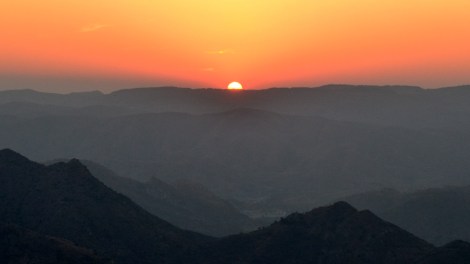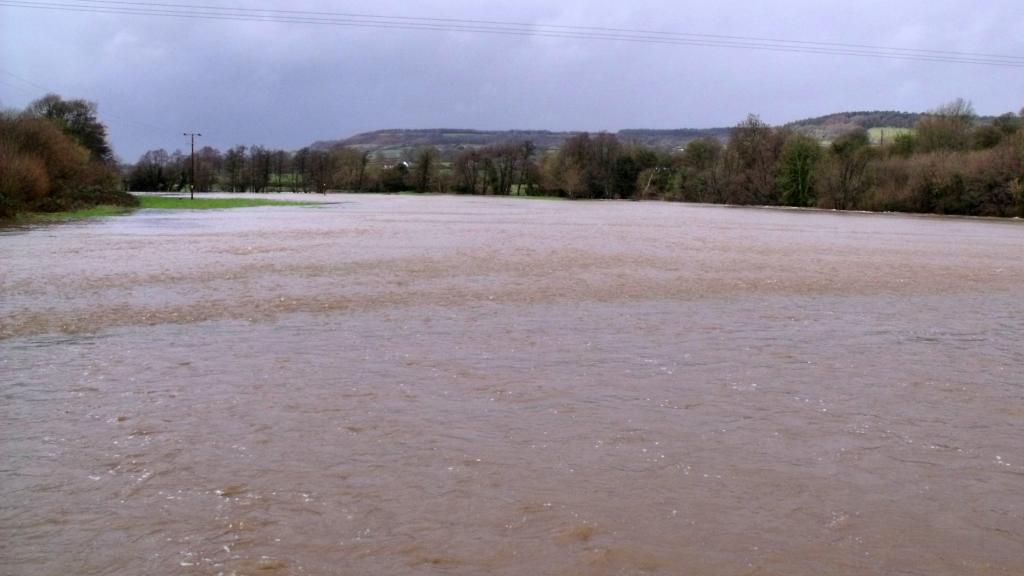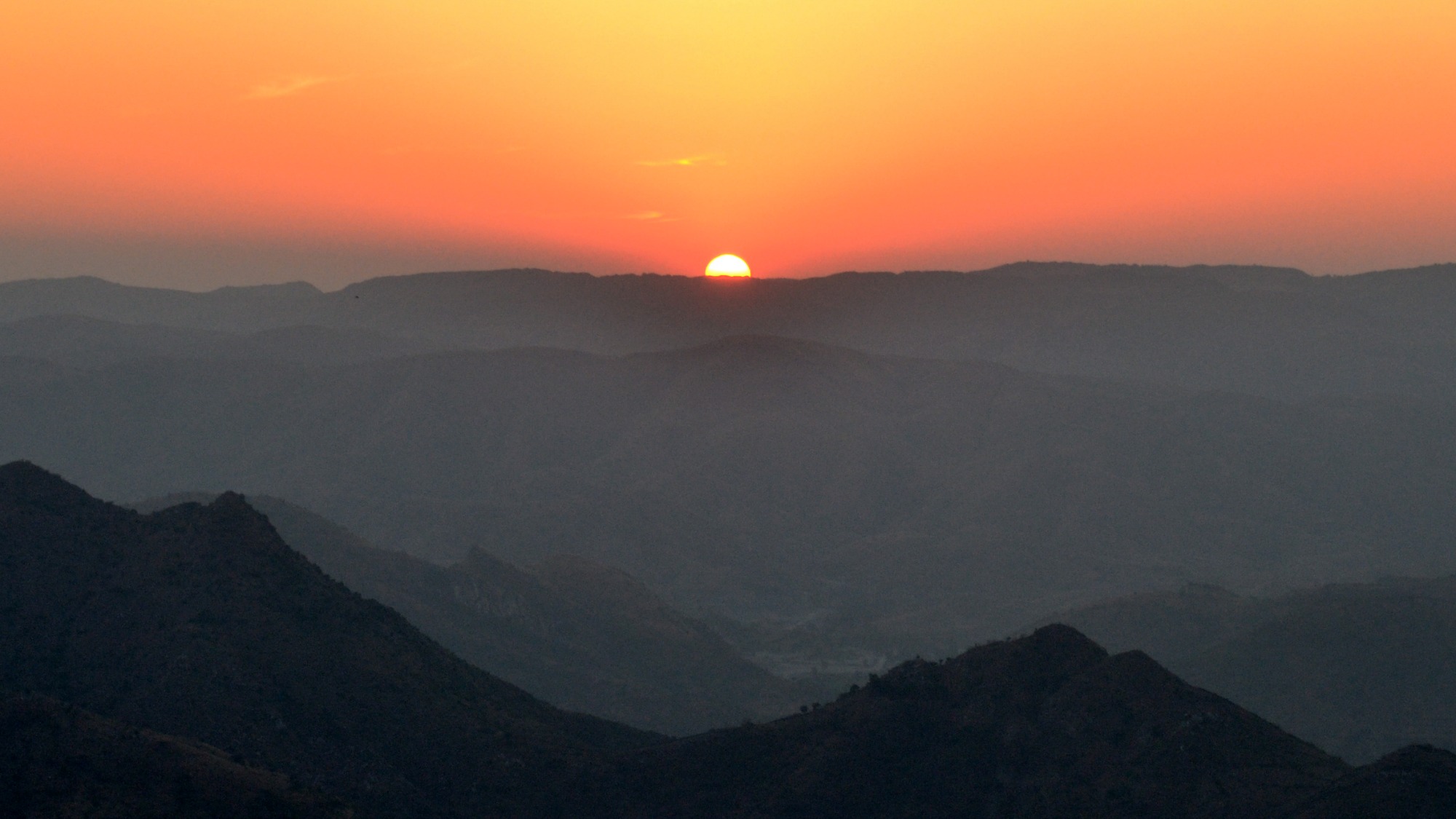
Ashley CoatesThe sun sets over the parched Indian state of Rajasthan, where the world’s biggest solar array is planned.
India has just 2,200 megawatts of grid-connected solar power — less than a quarter of the capacity in the U.S. But four years ago, the heavily coal-dependent country had only 18 megawatts, so it’s been quickly upping its game.
And now it’s talking up plans to build the world’s biggest solar power plant in the desert-dominated state of Rajasthan, which abuts Pakistan’s border.
If built, the $4.4 billion solar array would cover an area larger than Manhattan and be capable of producing 4,000 megawatts of electricity — an amount that Nature compared with the output of four nuclear power plants. It’s proposed for an area near a government salt-mining operation.
A half dozen state-owned companies last month signed a memorandum of understanding related to the project. Financing such a mammoth project, though, will not be easy, so India is preparing to turn to the World Bank for assistance. domain-B, an Indian business magazine, explains:
The ministry of new and renewable energy has submitted a proposal to the department of economic affairs (DEA) for approaching the World Bank for loan assistance of $500 million for implementation of the 750 MW first phase of the proposed 4000 MW ultra mega solar power project to be set up on the vacant land of Hindustan Salts Ltd at Sambhar, Rajasthan, at a total estimated cost of $1.09 billion.
The DEA is evaluating the proposal and once it is forwarded, the World Bank is likely to consider financing the project, minister of new and renewable energy Farooq Abdullah informed the Lok Sabha in a written reply on Friday.
The World Bank decided last year to shift away from financing coal plants, so this big solar project should be right up its alley.
India has been a prickly negotiator during climate talks, frustrating other countries by stalling progress on emissions agreements. But at least it’s starting to walk the right walk on solar and wind at home.



